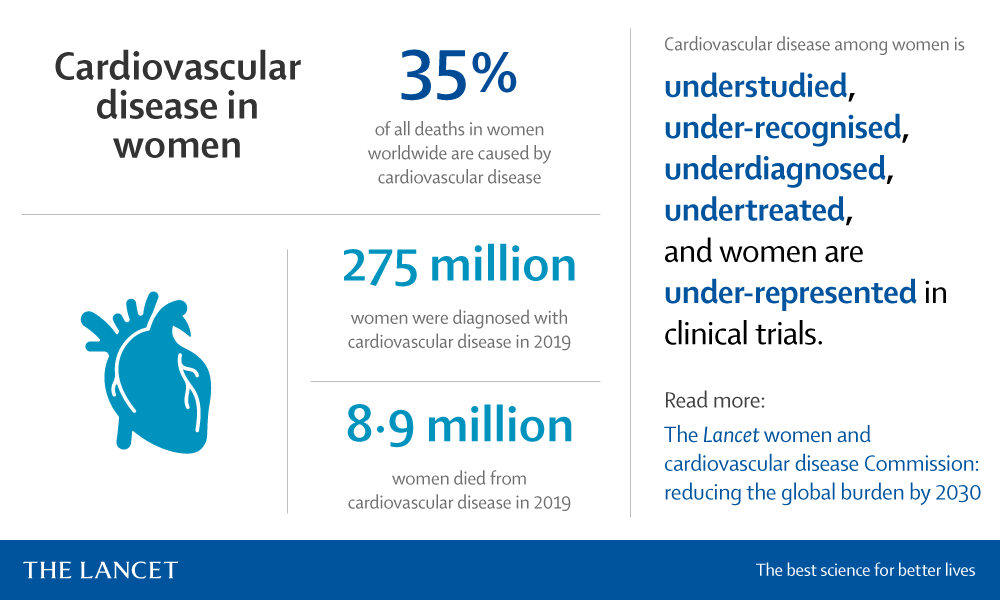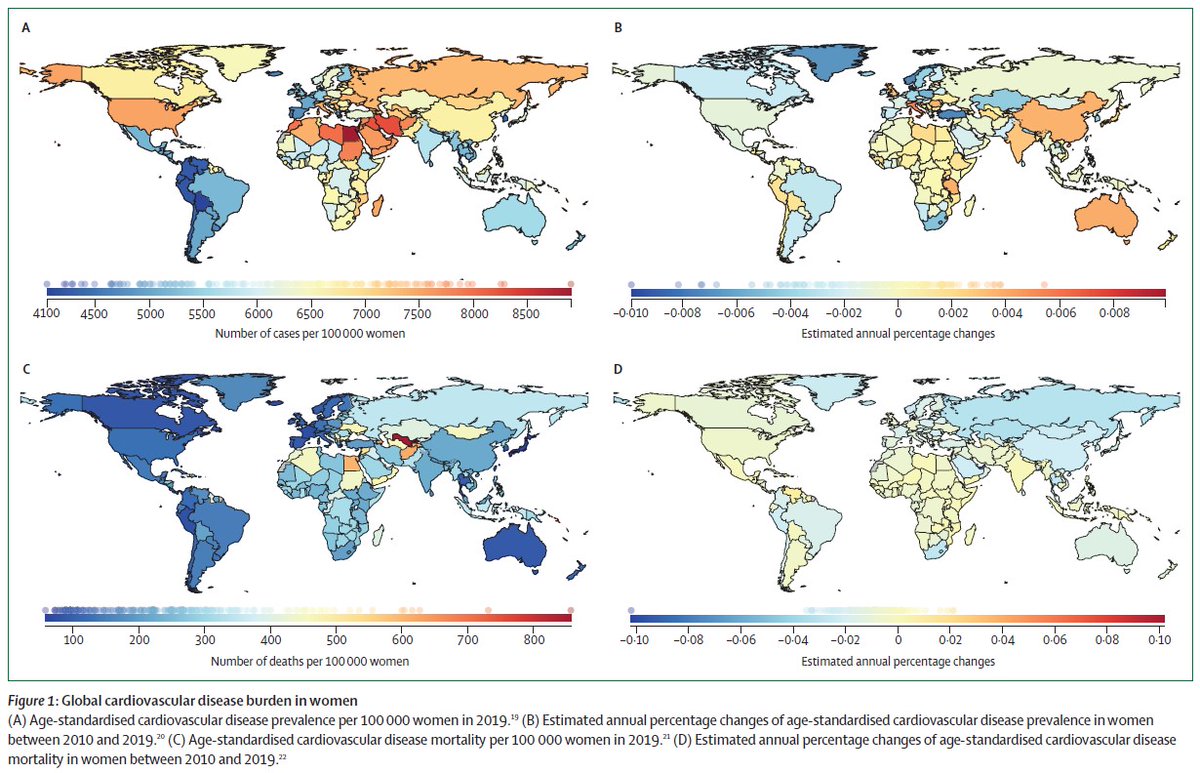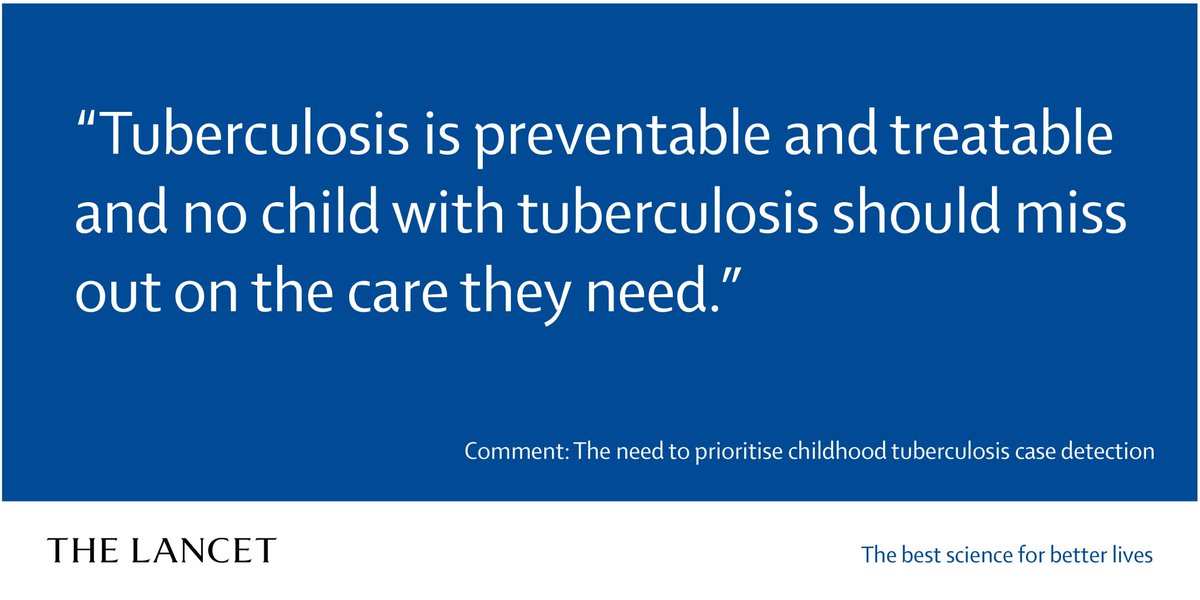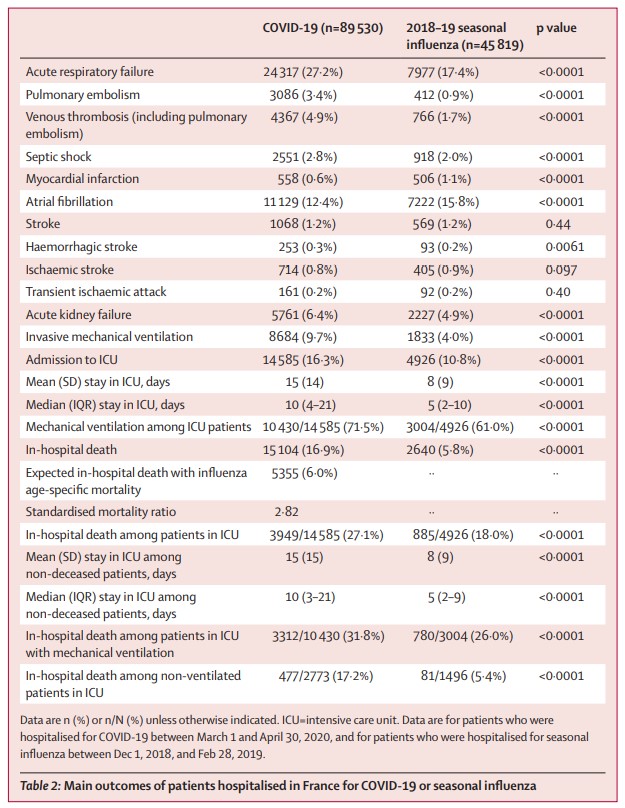
Cardiovascular disease is responsible for 35% of deaths in women yearly—yet remains:
❣️Understudied
❣️Under-recognised
❣️Underdiagnosed
❣️Undertreated
NEW @TheLancet Commission outlines 10 recommendations to improve health outcomes for millions of women: hubs.li/H0Ns28Y0
❣️Understudied
❣️Under-recognised
❣️Underdiagnosed
❣️Undertreated
NEW @TheLancet Commission outlines 10 recommendations to improve health outcomes for millions of women: hubs.li/H0Ns28Y0

275 million women were diagnosed with cardiovascular disease (CVD) in 2019. Acknowledging sex and gender-specific risk factors is the key to understanding #CVD in women and reducing the 🌍 burden.
Read the #LancetWomenCVD Commission: hubs.li/H0Ns28Y0
Read the #LancetWomenCVD Commission: hubs.li/H0Ns28Y0

The global prevalence of cardiovascular disease in women has declined by 4.3% since 1990, but has risen in some of the world's most populated nations—🇨🇳(10%), 🇮🇩(7%), 🇮🇳(3%).
@TheLancet #LancetWomenCVD Commission provides regional recommendations: hubs.li/H0Ns28Y0
@TheLancet #LancetWomenCVD Commission provides regional recommendations: hubs.li/H0Ns28Y0

Inequities in the diagnosis, treatment, and prevention of #CVD in women persist.
Educating HCPs and patients, scaling up 🫀 health programmes in populated & underdeveloped regions, and prioritising sex-specific research are crucial. Read hubs.li/H0Ns28Y0. #LancetWomenCVD
Educating HCPs and patients, scaling up 🫀 health programmes in populated & underdeveloped regions, and prioritising sex-specific research are crucial. Read hubs.li/H0Ns28Y0. #LancetWomenCVD

The all-female-led Commission comprised of 17 experts from 11 countries. Read about Commission Chair, @Drroxmehran, in a @TheLancet Profile here: hubs.li/H0NsfMN0. @mountsinaiNYC
• • •
Missing some Tweet in this thread? You can try to
force a refresh

















